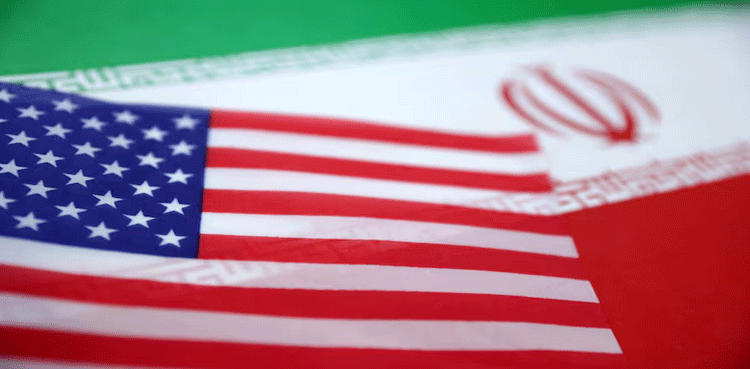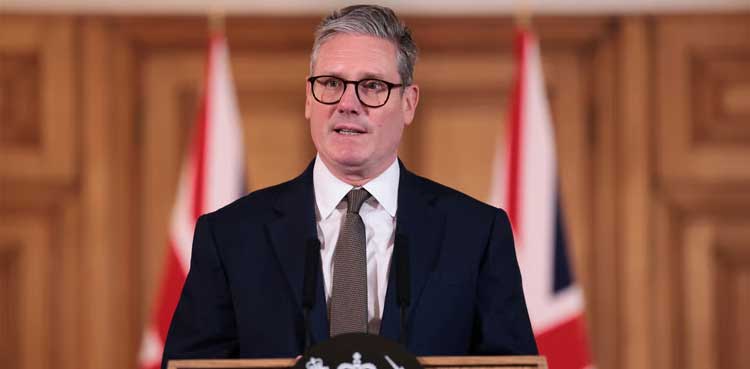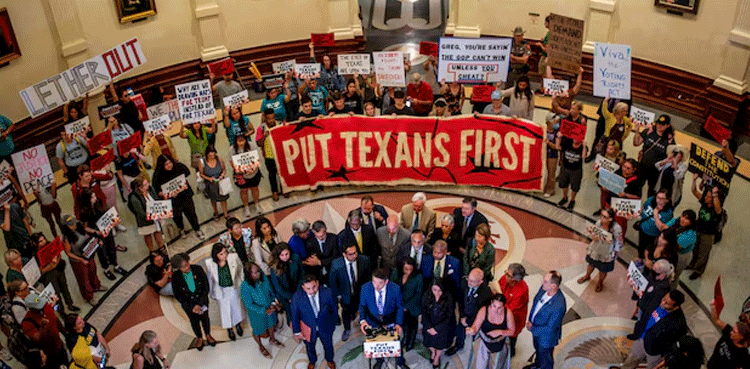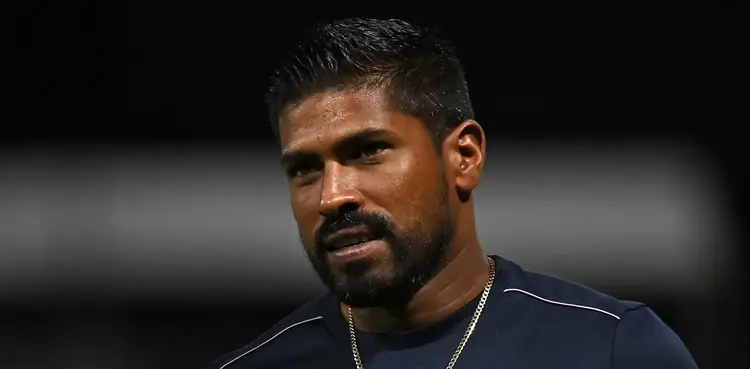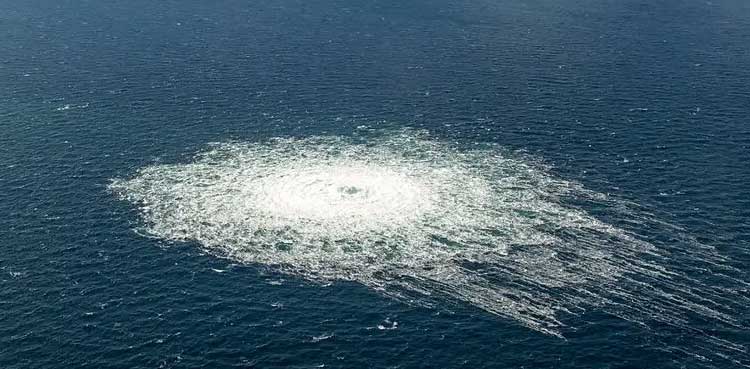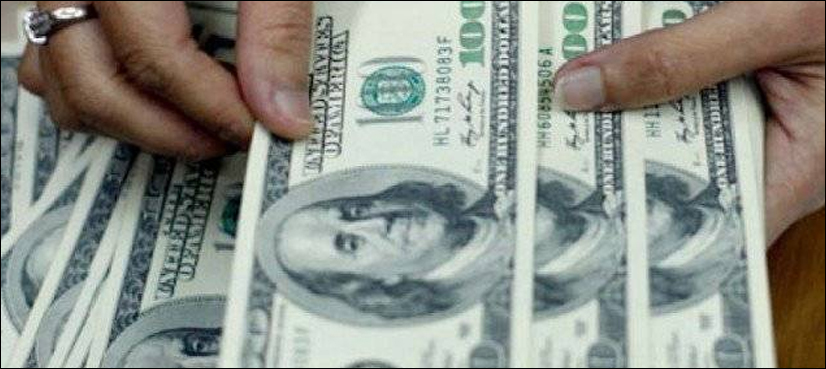MOSCOW: Vladimir Putin is demanding that Ukraine give up all of the eastern Donbas region, renounce ambitions to join NATO, remain neutral and keep Western troops out of the country, three sources familiar with top-level Kremlin thinking told Reuters.
The Russian president met Donald Trump in Alaska on Friday for the first Russia-U.S. summit in more than four years and spent almost all of their three-hour closed meeting discussing what a compromise on Ukraine might look like, according to the sources who requested anonymity to discuss sensitive matters.
Speaking afterwards beside Trump, Putin said the meeting would hopefully open up the road to peace in Ukraine – but neither leader gave specifics about what they discussed.
In the most detailed Russian-based reporting to date on Putin’s offer at the summit, Reuters was able to outline the contours of what the Kremlin would like to see in a possible peace deal to end a war that has killed and injured hundreds of thousands of people.
In essence, the Russian sources said, Putin has compromised on territorial demands he laid out in June 2024, which required Kyiv to cede the entirety of the four provinces Moscow claims as part of Russia: Dontesk and Luhansk in eastern Ukraine – which make up the Donbas – plus Kherson and Zaporizhzhia in the south.
Kyiv rejected those terms as tantamount to surrender.
In his new proposal, the Russian president has stuck to his demand that Ukraine completely withdraw from the parts of the Donbas it still controls, according to the three sources. In return, though, Moscow would halt the current front lines in Zaporizhzhia and Kherson, they added.
Russia controls about 88% of the Donbas and 73% of Zaporizhzhia and Kherson, according to U.S. estimates and open-source data.
Moscow is also willing to hand over the small parts of the Kharkiv, Sumy, and Dnipropetrovsk regions of Ukraine it controls as part of a possible deal, the sources said.
Putin is sticking, too, to his previous demands that Ukraine give up its NATO ambitions and for a legally binding pledge from the U.S.-led military alliance that it will not expand further eastwards, as well as for limits on the Ukrainian army and an agreement that no Western troops will be deployed on the ground in Ukraine as part of a peacekeeping force, the sources said.
Yet the two sides remain far apart, more than three years after Putin ordered thousands of Russian troops into Ukraine in a full-scale invasion that followed the annexation of the Crimean Peninsula in 2014 and prolonged fighting in the country’s east between Russian-backed separatists and Ukrainian troops.
Ukraine’s foreign ministry had no immediate comment on the proposals.
President Volodymyr Zelenskiy has repeatedly dismissed the idea of withdrawing from internationally recognised Ukrainian land as part of a deal, and has said the industrial Donbas region serves as a fortress holding back Russian advances deeper into Ukraine.
“If we’re talking about simply withdrawing from the east, we cannot do that,” he told reporters in comments released by Kyiv on Thursday. “It is a matter of our country’s survival, involving the strongest defensive lines.”
Joining NATO, meanwhile, is a strategic objective enshrined in the country’s constitution and one which Kyiv sees as its most reliable security guarantee. Zelenskiy said it was not up to Russia to decide on the alliance’s membership.
The White House and NATO didn’t immediately respond to requests for comment on the Russian proposals.
Political scientist Samuel Charap, chair in Russia and Eurasia Policy at RAND, a U.S.-based global policy think-tank, said any requirement for Ukraine to withdraw from the Donbas remained a non-starter for Kyiv, both politically and strategically.
“Openness to ‘peace’ on terms categorically unacceptable to the other side could be more of a performance for Trump than a sign of a true willingness to compromise,” he added. “The only way to test that proposition is to begin a serious process at the working level to hash out those details.”
TRUMP: PUTIN WANTS TO SEE IT ENDED
Russian forces currently control a fifth of Ukraine, an area about the size of the American state of Ohio, according to U.S. estimates and open-source maps.
The three sources close to the Kremlin said the summit in the Alaskan city of Anchorage had ushered in the best chance for peace since the war began because there had been specific discussions about Russia’s terms and Putin had shown a willingness to give ground.
“Putin is ready for peace – for compromise. That is the message that was conveyed to Trump,” one of the people said.
The sources cautioned that it was unclear to Moscow whether Ukraine would be prepared to cede the remains of the Donbas, and that if it did not then the war would continue. Also unclear was whether or not the United States would give any recognition to Russian-held Ukrainian territory, they added.
A fourth source said that though economic issues were secondary for Putin, he understood the economic vulnerability of Russia and the scale of the effort needed to go far further into Ukraine.
Trump has said he wants to end the “bloodbath” of the war and be remembered as a “peacemaker president”. He said on Monday he had begun arranging, opens new tab a meeting between the Russian and Ukrainian leaders, to be followed by a trilateral summit with the U.S. president.
“I believe Vladimir Putin wants to see it ended,” Trump said beside Zelenskiy in the Oval office. “I feel confident we are going to get it solved.”
Russian Foreign Minister Sergei Lavrov said on Thursday that Putin was prepared to meet Zelenskiy but that all issues had to be worked through first and there was a question about Zelenskiy’s authority to sign a peace deal.
Putin has repeatedly raised doubts about Zelenskiy’s legitimacy as his term in office was due to expire in May 2024 but the war means no new presidential election has yet been held. Kyiv says Zelenskiy remains the legitimate president.
The leaders of Britain, France and Germany have said they are sceptical that Putin wants to end the war.
SECURITY GUARANTEES FOR UKRAINE
Trump’s special envoy Steve Witkoff was instrumental in paving the way for the summit and the latest drive for peace, according to two of the Russian sources.
Witkoff met Putin in the Kremlin on August 6 with Kremlin aide Yuri Ushakov. At the meeting, Putin conveyed clearly to Witkoff that he was ready to compromise and set out the contours of what he could accept for peace, according to two Russian sources.
If Russia and Ukraine could reach an agreement, then there are various options for a formal deal – including a possible three-way Russia-Ukraine-U.S. deal that is recognised by the U.N. Security Council, one of the sources said.
Another option is to go back to the failed 2022 Istanbul agreements, where Russia and Ukraine discussed Ukraine’s permanent neutrality in return for security guarantees from the five permanent members of the U.N. Security Council: Britain, China, France, Russia and the United States, the sources added.
“There are two choices: war or peace, and if there is no peace, then there is more war,” one of the people said.

